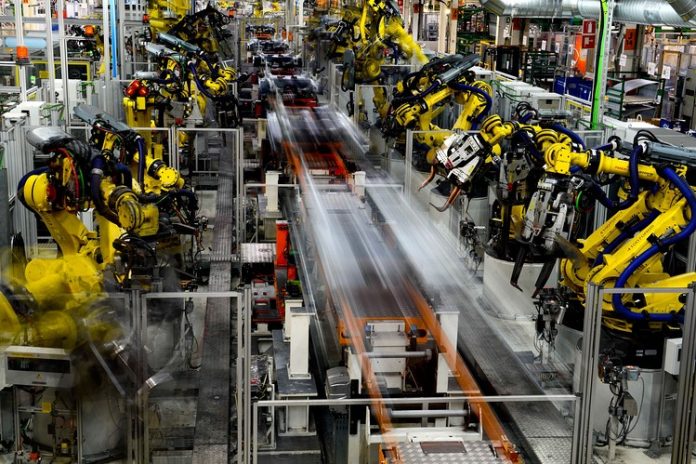Manufacturing in Asia plays a pivotal role in the global economy, representing a powerhouse of production and innovation across industries such as electronics, automotive, textiles, and pharmaceuticals. The continent’s manufacturing sector has long been driven by competitive labour costs, a skilled workforce, and robust infrastructure, particularly in countries like China, Japan, South Korea, and India. However, recent shifts in global economics, environmental regulations, and technological advancements are reshaping the industry.
Key Trends in Asian Manufacturing
1. Rising Labor Costs and Supply Chain Diversification
As labour costs in traditional manufacturing hubs like China continue to rise, companies are exploring alternatives, and creating new manufacturing bases in Southeast Asia. Countries such as Vietnam, Indonesia, and Thailand are benefiting from this diversification, attracting investment as businesses seek to mitigate risk and reduce dependency on a single location. For instance, electronics and textile manufacturing have seen a shift to Vietnam, where labour costs remain lower than in China.
2. Advanced Manufacturing and Automation
With the growth of Industry 4.0, automation and advanced manufacturing technologies are becoming increasingly prominent in Asia. Japan and South Korea are leading in robotics and AI integration, while China has been investing heavily in automating production to enhance efficiency and meet the demands of global markets. Many manufacturing news companies are reporting that smart factories and IoT-enabled systems are one of the most important ways to help manufacturers reduce costs, improve quality, and shorten production times.
3. Environmental and Sustainability Initiatives
Environmental concerns and stricter regulations are pushing Asian manufacturers to adopt sustainable practices. In China, the government has implemented stringent policies to reduce pollution, requiring factories to reduce emissions and waste. Other countries, like Japan, are focusing on sustainable production methods, particularly in industries such as automotive, with a focus on electric vehicles and renewable energy. Sustainability is becoming a core focus as companies recognise the long-term value of environmentally responsible production practices.
4. Growing Domestic Markets
With a rising middle class across Asia, especially in China and India, domestic demand for consumer goods is rapidly increasing. This demand shift allows Asian manufacturers to diversify and cater to local markets rather than relying solely on exports. For instance, in India, automobile and consumer electronics manufacturing is seeing growth to meet the demands of a young, tech-savvy population.
5. Geopolitical and Trade Dynamics
The US-China trade tensions have impacted manufacturing in Asia, prompting companies to reconsider supply chains and invest in more localised production. Policies such as the China Plus One strategy encourage companies to establish operations outside of China while still maintaining a presence there. This diversification helps mitigate risks associated with tariffs and trade restrictions while maintaining access to China’s robust infrastructure and market.
Challenges and the Future of Asian Manufacturing
While Asia remains a dominant force in global manufacturing, it faces challenges such as labour shortages, increased competition, and the pressure to modernise facilities. Countries with ageing populations, like Japan and South Korea, are particularly affected by labour shortages, making automation and workforce training crucial for sustaining productivity.
Looking forward, Asian manufacturing is likely to see continued investment in advanced technologies, sustainability, and skills development. Governments across Asia are actively supporting these changes through policies and incentives aimed at building resilient, technology-driven manufacturing sectors. The future of Asian manufacturing seems poised for growth, with the ability to adapt to changing global demands and continue serving as a critical hub for the global economy.
Asian manufacturing’s resilience and adaptability underscore its importance in a shifting global landscape, signalling sustained growth, innovation, and an expanding influence in years to come.





